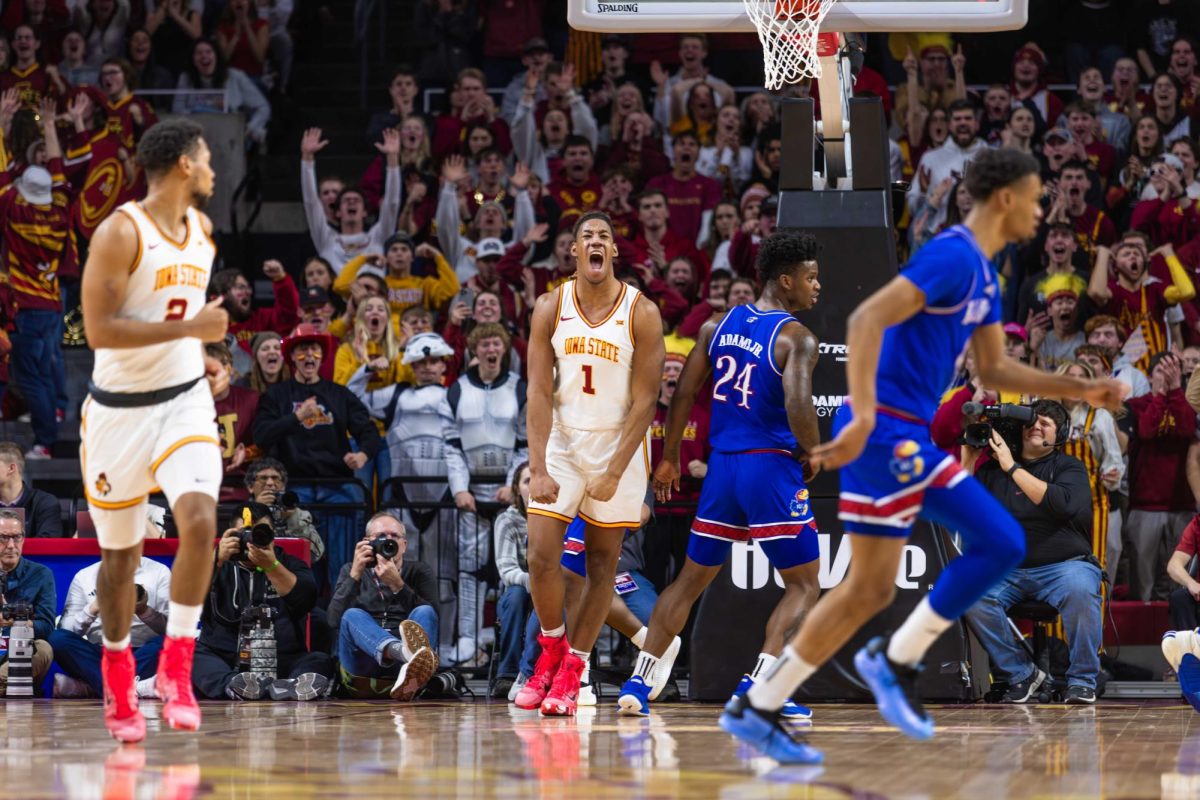Artist tries to perpetuate traditions with his work
March 28, 2005
The ancient traditions of American Indians live on through their art, just like the traditions of many other cultures.
Wallace “Butch” Thunderhawk, whose work is being displayed at the Memorial Union in conjunction with the 24th Annual American Indian Symposium, is one of many American Indian artists who is bringing his heritage to new audiences through art.
Thunderhawk is a member of the Standing Rock Lakota Nation and is a tribal arts instructor at the United Tribes Technical College in Bismarck, N.D.
“I teach tribal arts — the traditional art of the Lakota people,” Thunderhawk says. “I have a lot of students that come from different reservations, and I go back further than what some of them might have learned from their parents.”
Lynn Paxson, associate professor of architecture and co-chairwoman of the symposium, says Thunderhawk was chosen because of his ability to transport viewers to another time and place.
“The great thing about Butch’s work is that it reproduces items that were in use at the time,” Paxson says. “It reminds everyone that while we’re talking about things that happened a long time ago, these groups haven’t disappeared.”
Thunderhawk says his work — which includes hand-carved horse effigies, war shields and traditional weaponry — represents important aspects of American Indian life and is created using the same means as his ancestors.
“Today, we call it art, but back in those days it had ceremonial and everyday living use,” he says. “We try to get as close to the raw materials as possible.”
Thunderhawk says although studying graphic design at the California College of Arts and Crafts in Oakland helped him refine his talent, he owes much of his artistic skills to the teachings of his family.
“My grandparents and my mother were artists, and it just carried on,” he says. “It’s something that was given to me by my creator and my elders, and, as I grew older, it just kind of developed.”
Formal education did help Thunderhawk recognize many important characteristics of traditional American Indian art, and he says the symbolism and simplicity are important to his work.
“Back in those days, it was a way of communication,” Thunderhawk says. “It was stylized — and less was more.”
When creating a piece, Thunderhawk says he often wishes he could go back and be a part of the times that shaped the traditions his work is based in. This also stems from a deep connection with his ancestors, he says.
“Probably the biggest emotion I get is sadness,” he says. “I start to think about my grandparents and their moms and dads, and those days are gone. I feel like I missed something by not being there.”
Thunderhawk says one of the most important facets of what he does is passing on the traditions of his people to a new generation of young artists, but there is still a long way to go to ensure those traditions are not lost.
“I feel good about teaching students and having it continue,” he says. “But we still need a lot of work; there are some people in their 30s that still don’t know much about traditional art. I’m here to help them and to share.”
What: American Indian Artwork by “Butch” Thunderhawk
Where: Gallery, Memorial Union
When: Through April 4
Cost: Free






